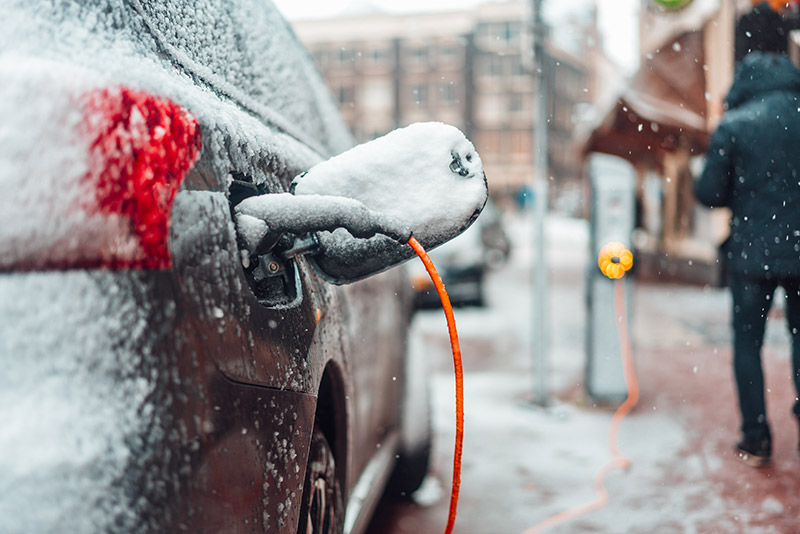Cold weather has long been a challenge for electric vehicle (EV) batteries, often leading to reduced range and performance issues. However, recent advancements in battery technology and vehicle design have significantly mitigated these cold-weather challenges, making EVs more reliable and efficient in lower temperatures.
Heat Pump Integration
Traditional EVs relied on resistive heaters to warm the cabin and battery during cold weather, which consumed substantial energy and reduced driving range. The adoption of heat pumps has transformed this aspect of EV design. Heat pumps operate by efficiently transferring heat within the vehicle, similar to the heater cores in gasoline cars. This method is more energy-efficient, leading to less range loss in cold conditions. For instance, vehicles like the Tesla Model X and Audi E-Tron have demonstrated only about an 11-13% range reduction at 32°F compared to ideal temperatures, thanks in part to their heat pump systems.
Battery Thermal Management Systems
Modern EVs are equipped with advanced thermal management systems that maintain optimal battery temperatures. These systems ensure that batteries remain within a specific temperature range, preventing the chemical reactions inside from slowing down due to cold. By keeping the battery at an ideal operating temperature, these systems preserve performance and extend battery life, even in harsh winter conditions.
Advancements in Battery Chemistry
Innovations in battery chemistry have also played a crucial role in enhancing cold-weather performance. For example, the development of solid-state batteries, which use solid electrolytes instead of liquid ones, offers better performance at low temperatures. These batteries are more stable and less susceptible to the adverse effects of cold, providing consistent energy output regardless of external conditions.
Preconditioning Features
Many EVs now offer preconditioning features that allow drivers to warm up the battery and cabin while the vehicle is still plugged in. This means that the energy required for heating comes from the grid rather than the battery, preserving driving range. Preconditioning ensures that the vehicle is at an optimal temperature before a journey begins, reducing the impact of cold weather on battery performance.
Improved Insulation and Aerodynamics
Enhanced vehicle insulation and aerodynamic designs have further contributed to better cold-weather performance. Improved insulation helps maintain cabin temperature with less energy, while aerodynamic designs reduce drag, making the vehicle more efficient. These design improvements mean that EVs require less energy to operate in cold conditions, thereby preserving battery life and extending range.
In conclusion, through the integration of heat pumps, advanced thermal management systems, innovative battery chemistries, preconditioning features, and improved vehicle designs, modern electric vehicles have overcome many of the challenges traditionally posed by cold weather. These advancements ensure that EVs remain a viable and efficient mode of transportation, regardless of the season.

Leave a Reply